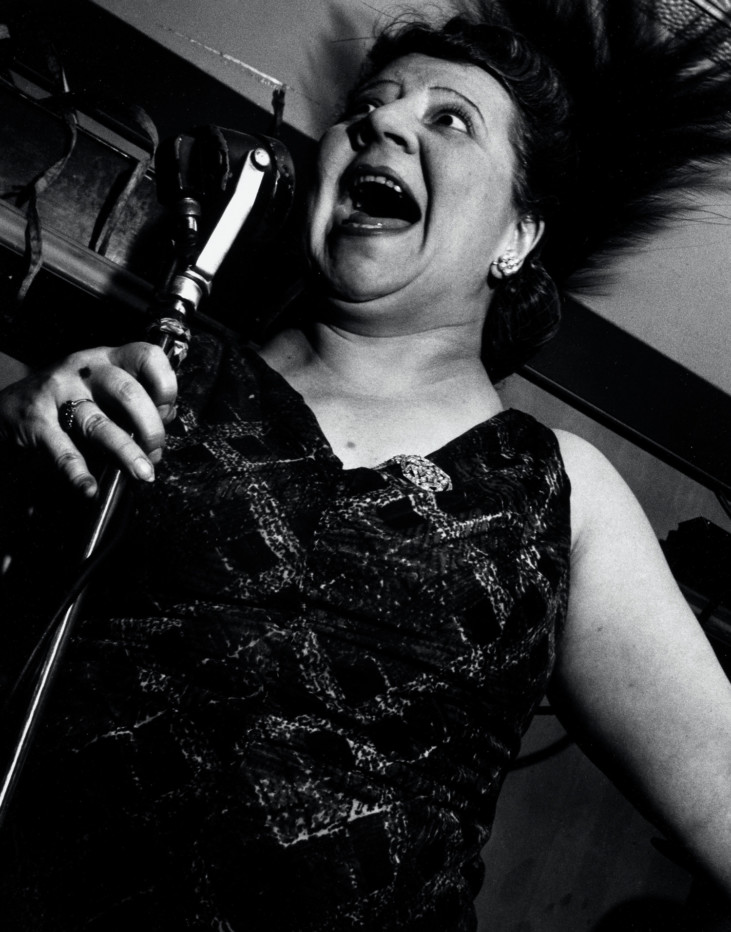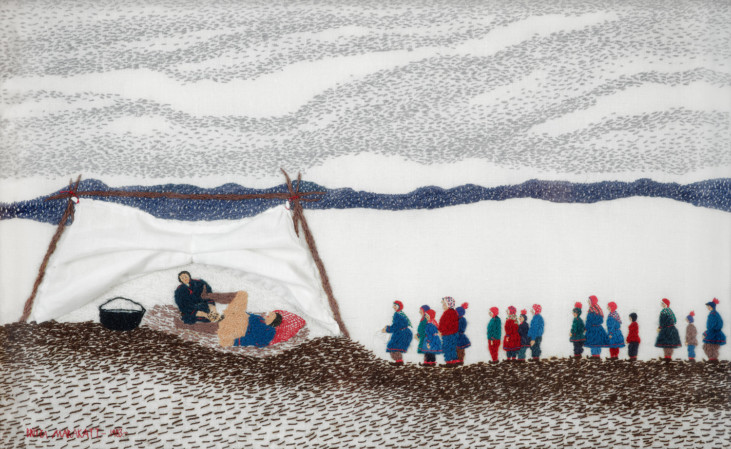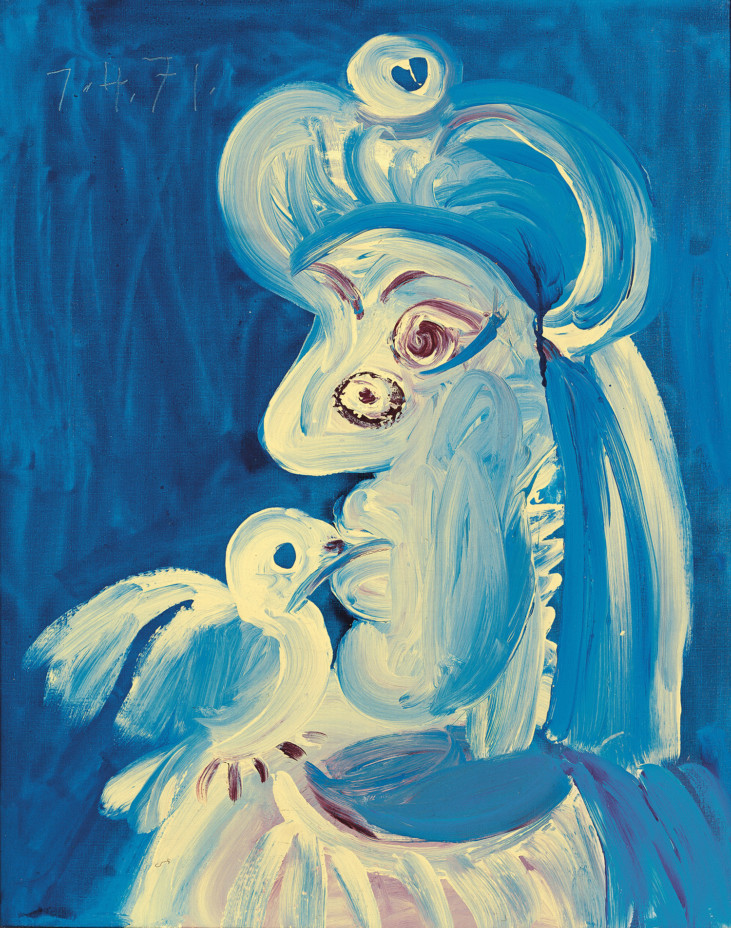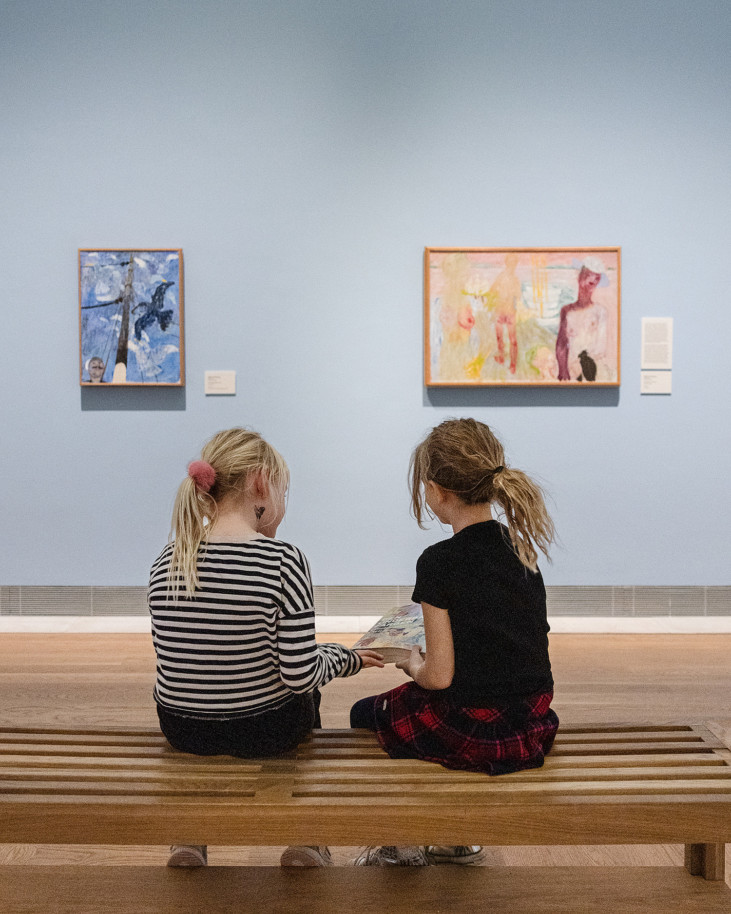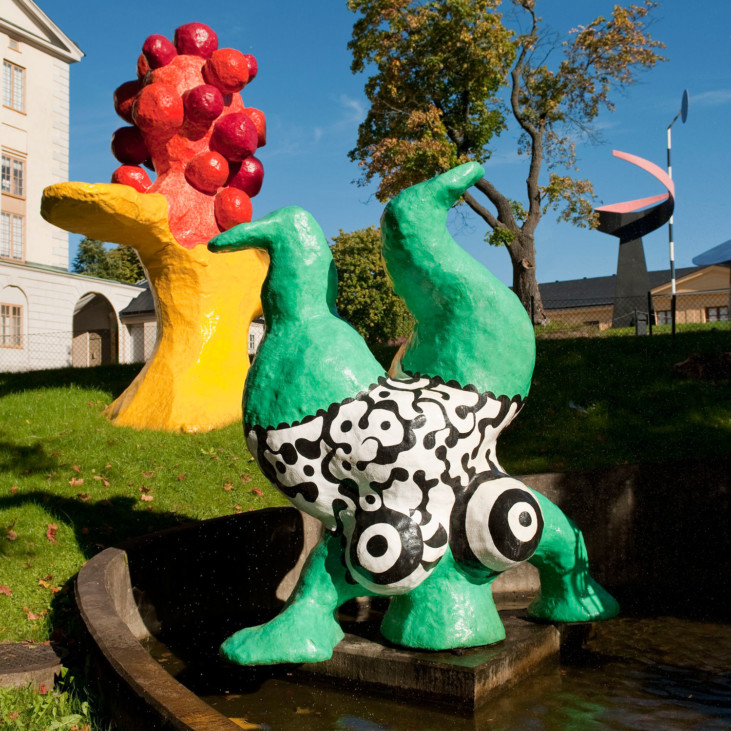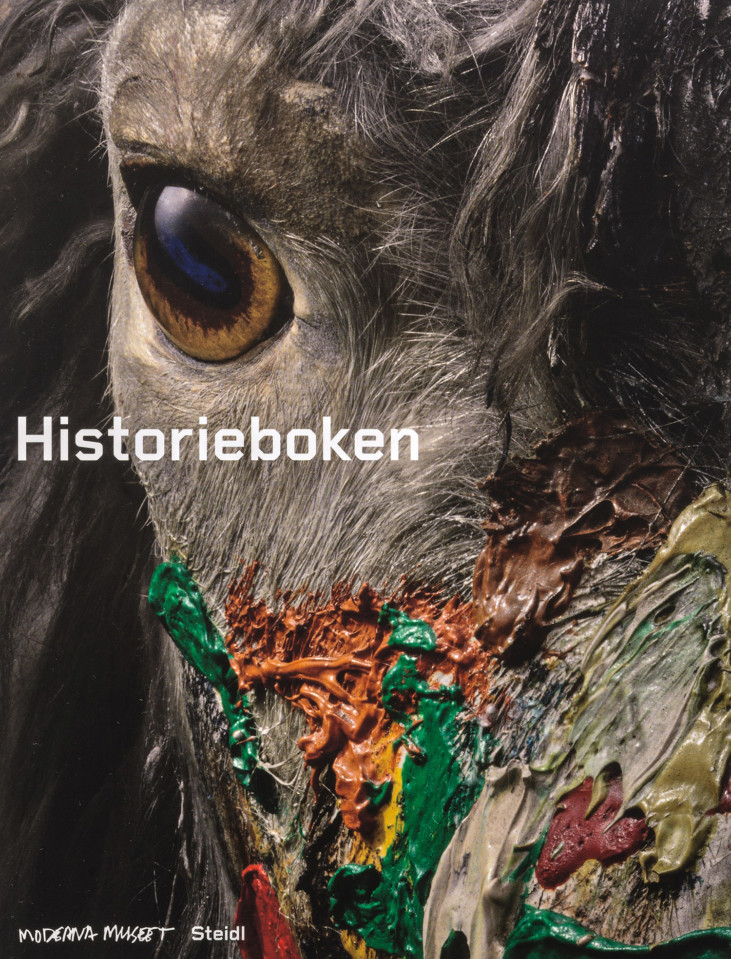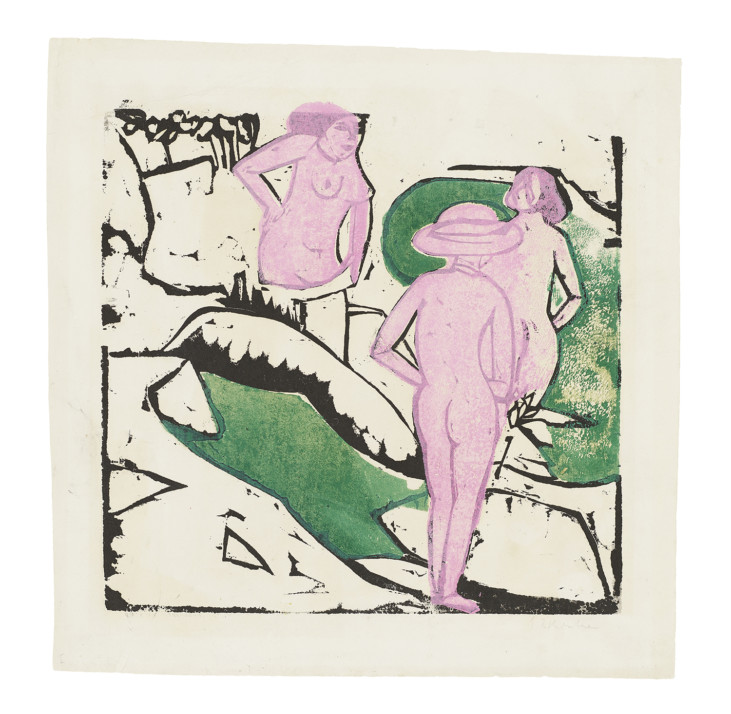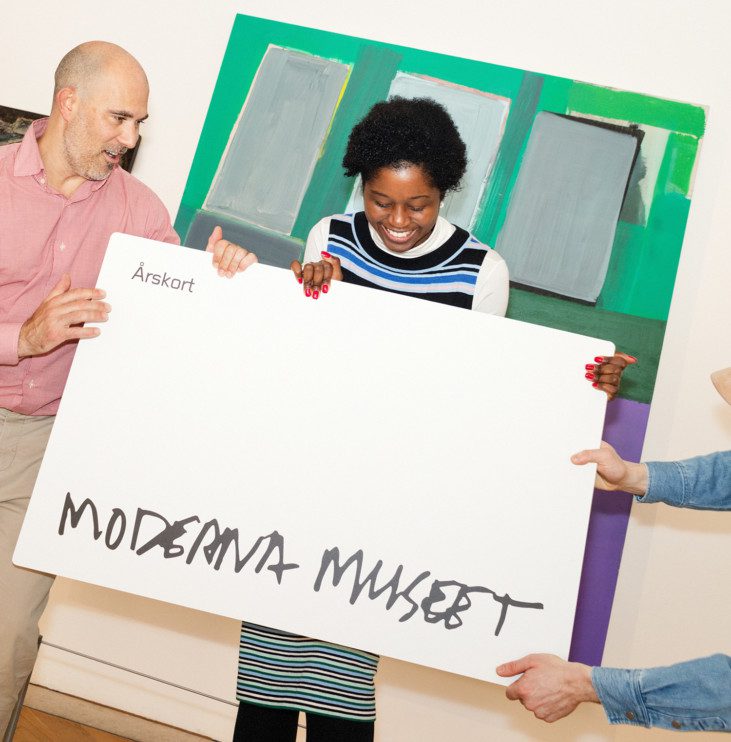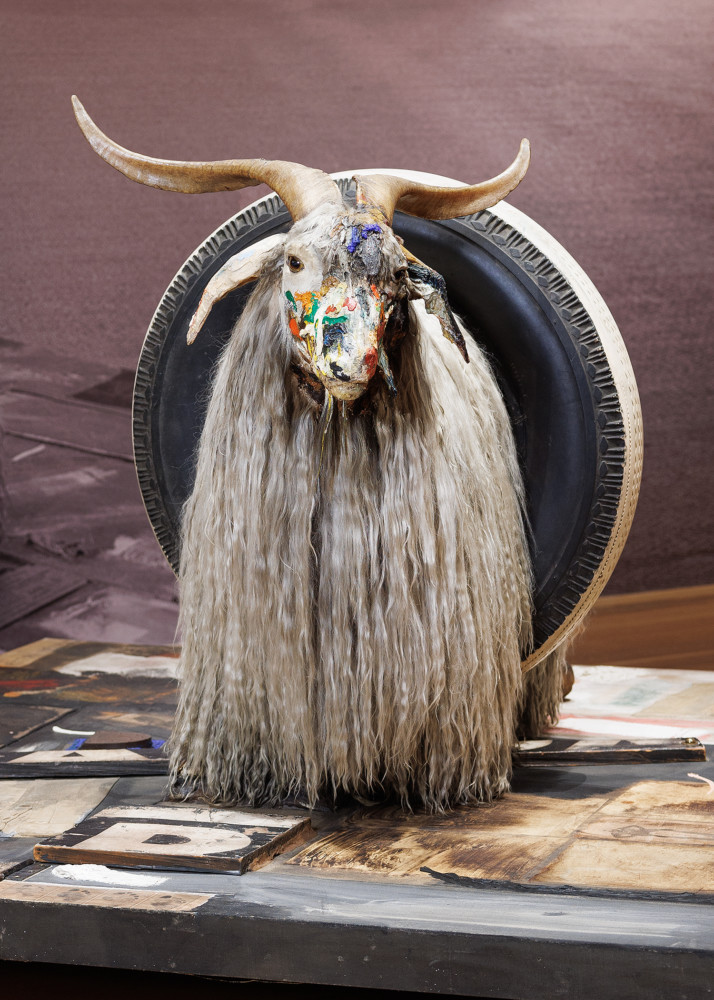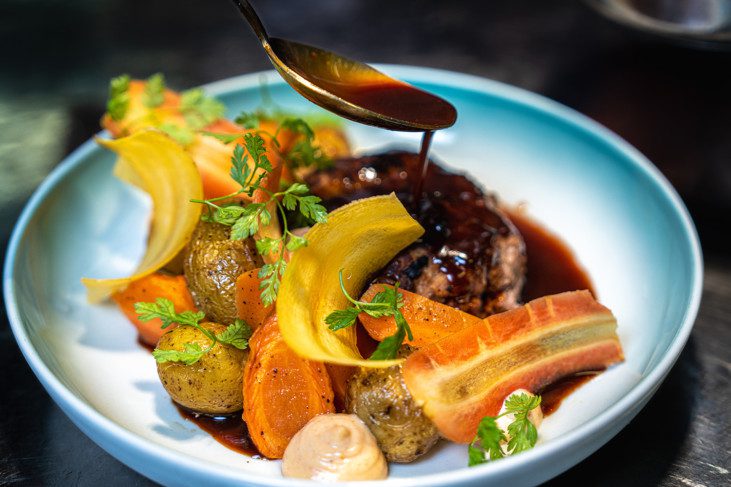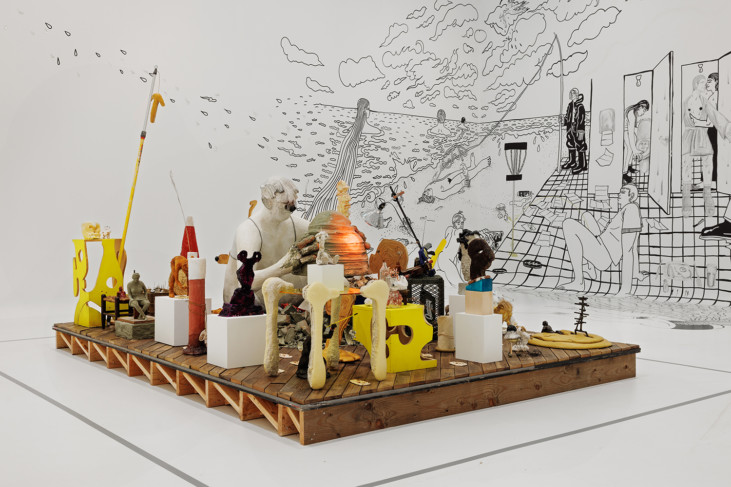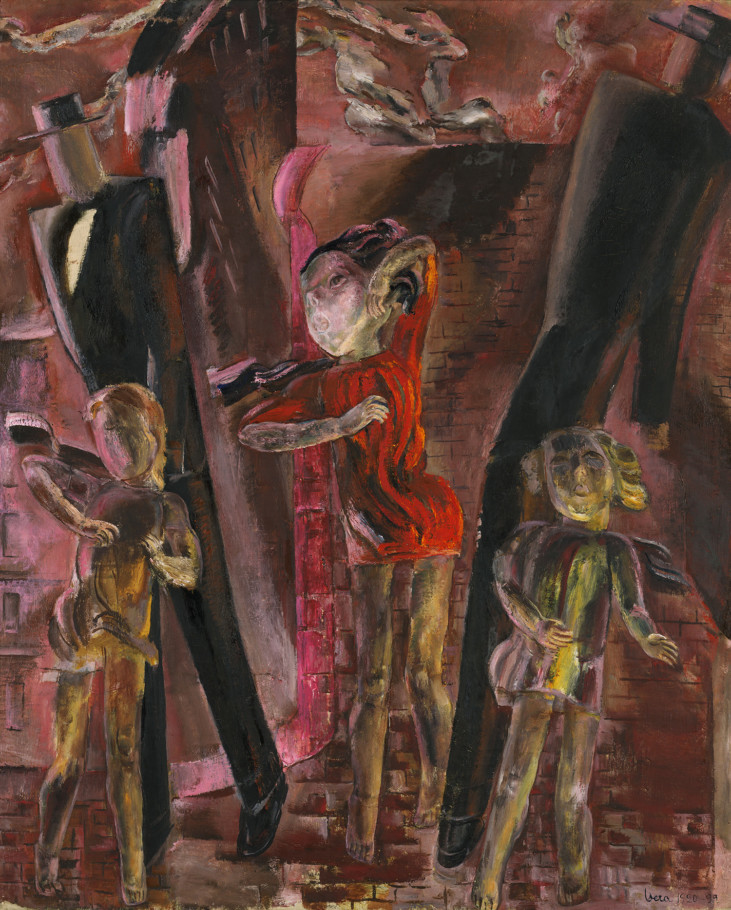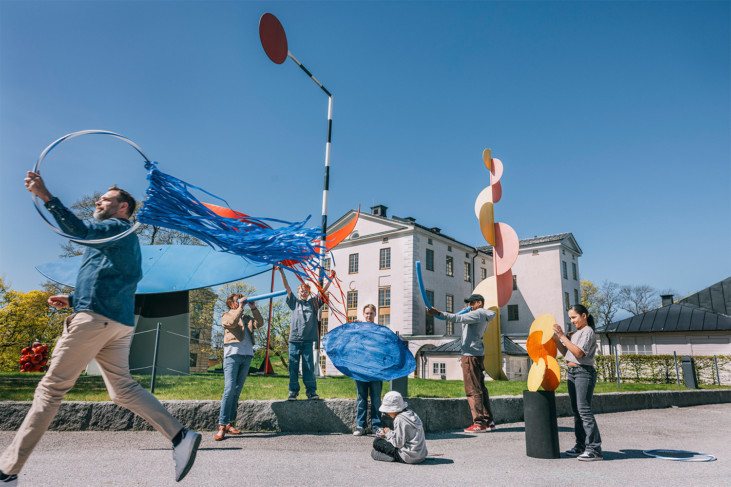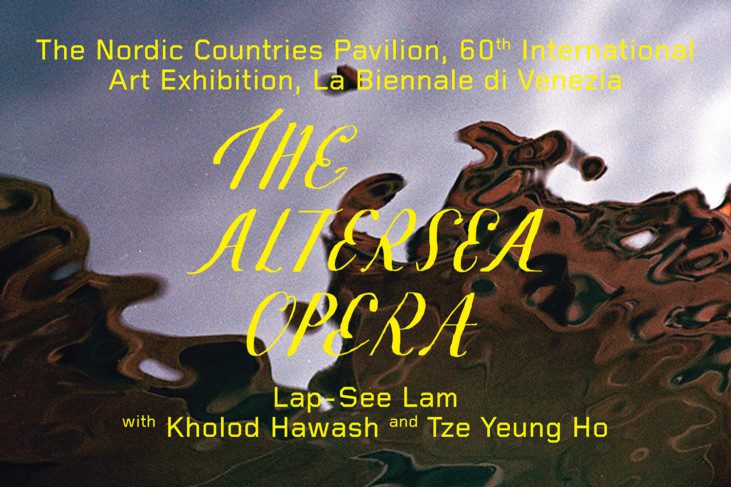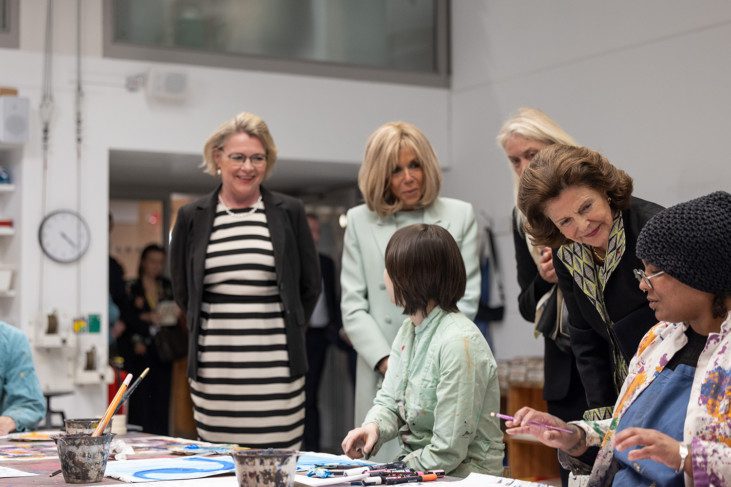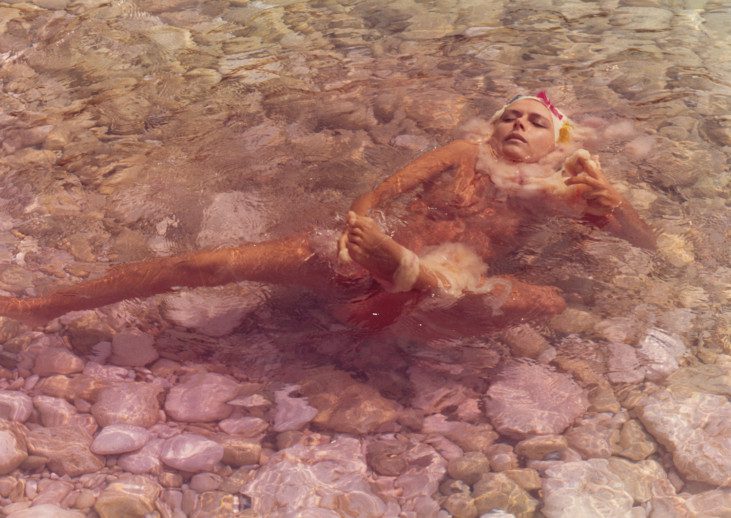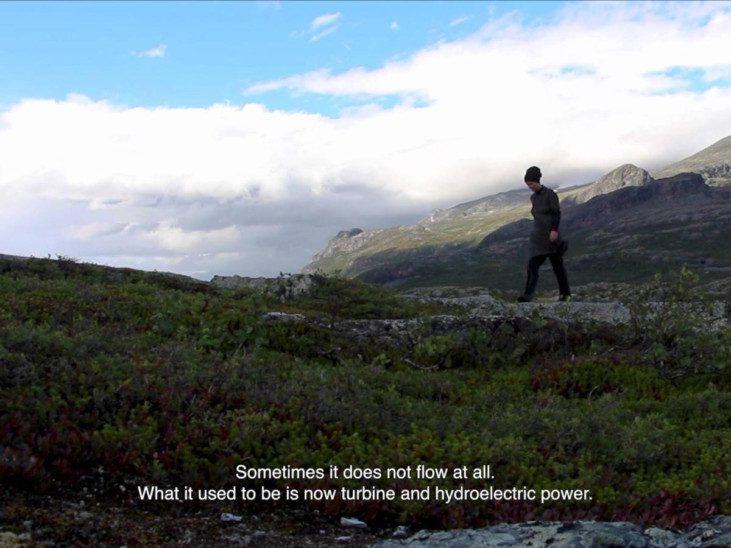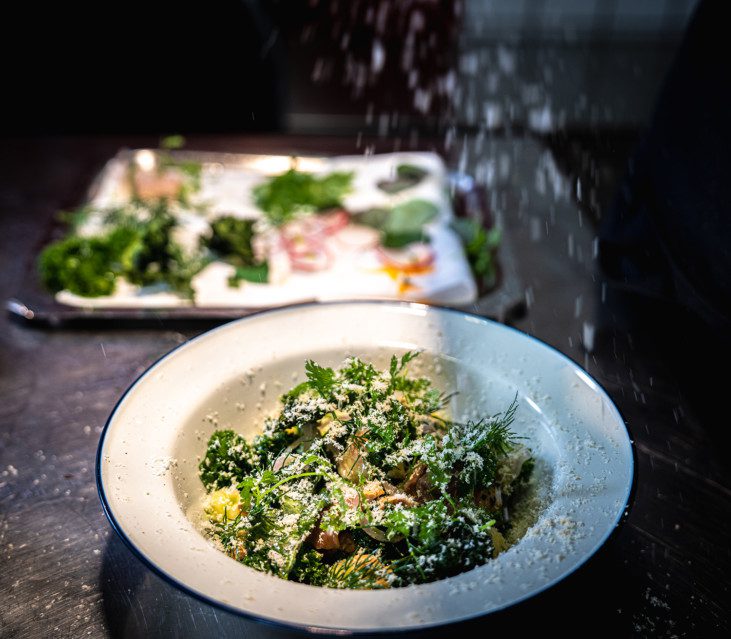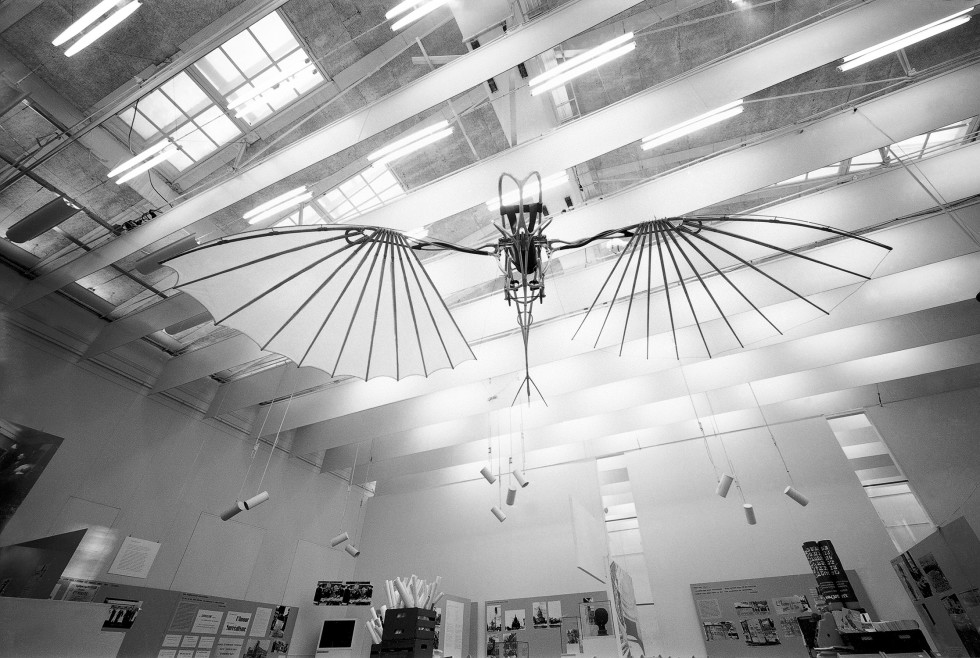
Vladimir Tatlin, Letatlin, 1932 © Vladimir Tatlin. Photo: Erik Cornelius/Moderna Museet 1969
1.10 2014
The art in a Larger World
A Larger World is the name of Moderna Museet’s extensive project, comprising many parts – exhibitions, lectures, and selected works from the collection – which will culminate in the summer of 2015 with “After Babel”, a major group exhibition about the many languages in contemporary art.
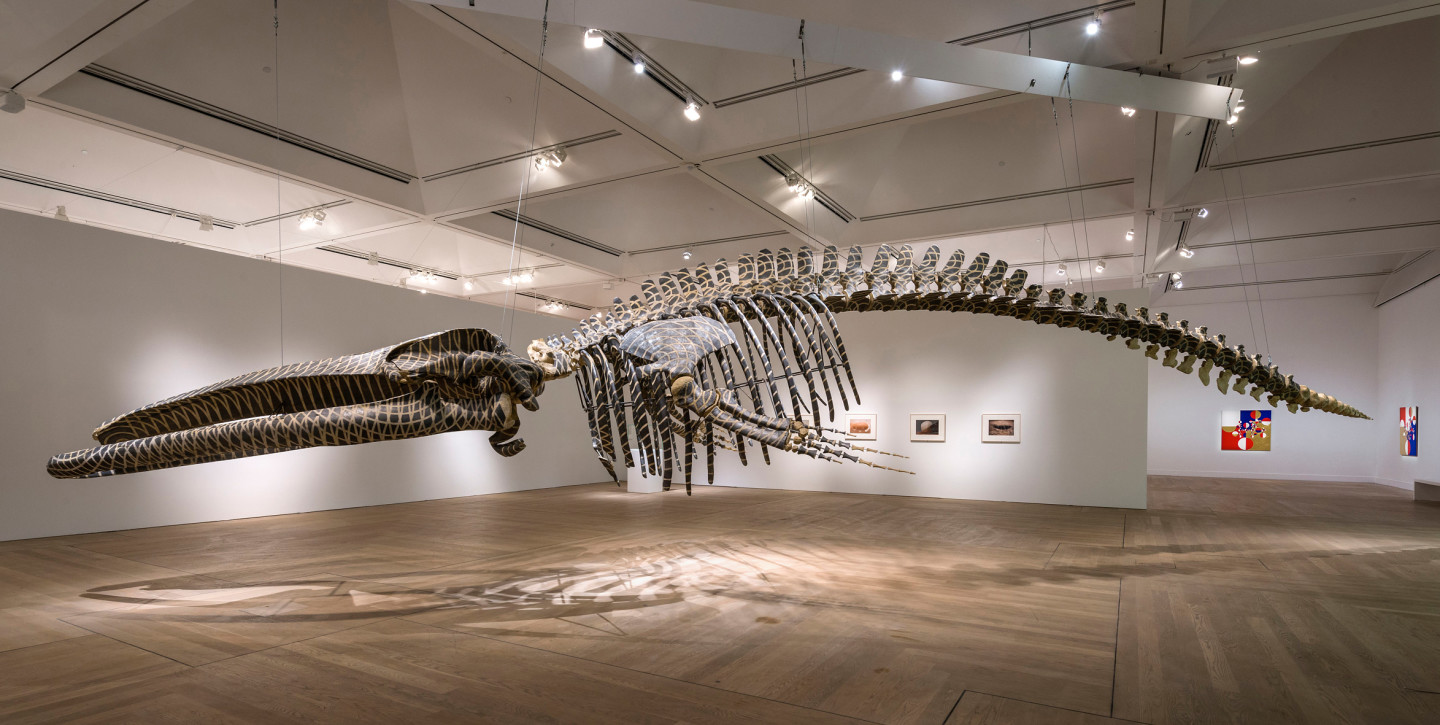
We are living in an era when it is imperative for art museums to review their activities. The days when one particular place could be seen as the dominating centre for art are long gone. Instead, barriers of language and traditions are being bridged. The map is being redrawn, and as the guardians of one of Europe’s finest collections of modern and contemporary art, we are compelled to scrutinise our own history in the light of new knowledge in a globalised world. By highlighting key works in our collection that expand the view beyond the standard Western perspective of art history. We seek to move the frontiers, in dialogue with a few of the many artists who are constantly in motion, between languages and continents, from one centre to the next. Perhaps art is the sphere where we can still spot the crucial differences and entirely new poetic possibilities that emerge when cultures meet. In autumn 2013, Moderna Museet had an exhibition with Tala Madani, born in Iran and living in the USA. Her paintings and animations comment with humour and seriousness on various levels of power structures. This was followed later that year by an exhibition of Christodoulos Panayiotou from Cyprus, who uses his background in choreography and anthropology to produce multifaceted works combining the methods of the scientist and choreographer. The Brazilian artist Rivane Neuenschwander has worked with a group of Swedish students to design entirely new furniture for the Museum’s main entrance, a project that was based on the encounter between Nordic folk crafts and contemporary everyday life in Brazil. The artist and students have translated visions of time and globalisation into useful objects for the convenience of museum visitors.
In spring 2014, we showed a major retrospective on the Mexican artist Gabriel Orozco, who moves between three continents and as many languages. In an oeuvre that comprises photography, installation and sculpture, he utilises and challenges cultural identities. He finds motifs in Latin American traditions but also plays with Duchamp’s concept of the readymade. Another current artist who creates new links between different languages is Meriç Algün Ringborg, who divides her time between Istanbul and Stockholm. Recently, also, we ended the presentation of “The Birth of Stockholm”, an extensive project created by Georges Adéagbo especially for our Museum. Tala Madani, Christodoulos Panayiotou, Rivane Neuenschwander, Gabriel Orozco, Meriç Algün Ringborg, Georges Adéagbo– all these artists link continents and contribute to redrawing the map.
The expanded perspective explored in “A Larger World” will be pursued in spring 2015, with exhibitions by Adrián Villar Rojas from Argentina and Akram Zataari from Lebanon. This summer’s major exhibition, “After Babel”, marks the culmination of our efforts to open the entire museum to the diversity of impulses by involving a group of artists whose works build bridges between languages and continents.
Published 1 October 2014 · Updated 7 November 2015

